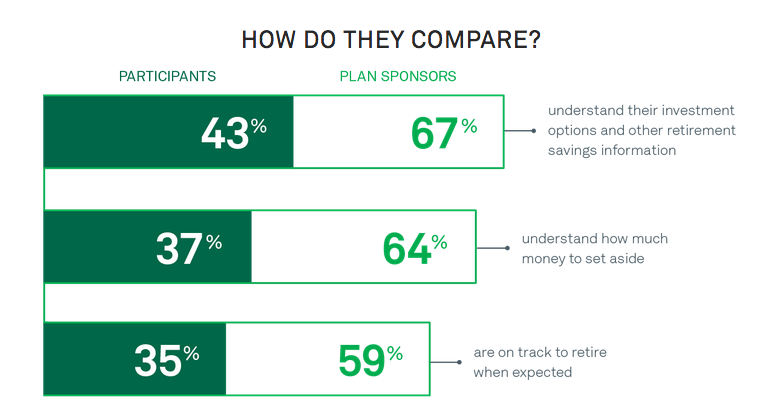One of the top investment staffers at the Canada Pension Plan Investment Board is moving to Carlyle Group.
CPPIB made several new appointments following the move.
More on the Carlyle move from the Wall Street Journal:
Carlyle Group LP hired a senior executive from Canada’s biggest pension fund to oversee debt investing, part of the asset manager’s effort to regroup from setbacks in its credit and hedge funds business.
Washington, D.C.-based Carlyle tapped Mark Jenkins, most recently head of global private investments at Canada Pension Plan Investment Board, for the newly created position, according to a statement.
Global market strategies has been a sore spot for Carlyle, largely because of struggles at its hedge funds Claren Road Asset Management, Vermillion Asset Management LLC and Emerging Sovereign Group LLC. In May, Mitch Petrick stepped down from a role running the $34.7 billion business. Carlyle tasked longtime private-equity executive Kewsong Lee to rebuild it and has said it is reviewing options to improve the unit’s performance.
Mr. Jenkins is focused on the unit’s credit investing, which includes energy lending, providing capital to mid-sized companies and bets on distressed debt.
[…]
During his eight years at CPPIB, he built the pension fund’s direct-lending business and oversaw its $12 billion acquisition of General Electric Co. ’s private-equity lending business, Antares Capital. Before that, Mr. Jenkins co-led Barclays PLC’s leveraged-finance business in New York and worked in Goldman Sachs Group Inc. ’s finance and fixed-income departments.
And the other moves at the CPPIB, from a press release:
-- Graeme Eadie is appointed Senior Managing Director & Global Head of Real
Assets, a new investment department that brings together the Real Estate
Investments department with our existing Infrastructure and Agriculture
groups. This change will create a better alignment with our Strategic
Portfolio. Mr. Eadie has been with CPPIB since 2005, and was most
recently Senior Managing Director & Global Head of Real Estate
Investments.
-- Shane Feeney is appointed Senior Managing Director & Global Head of
Private Investments. Mr. Feeney will also join CPPIB's Senior Management
Team. In this role, Mr. Feeney will be responsible for CPPIB's private
investment activities and will report to Mark Machin. Mr. Feeney was
most recently Managing Director, Head of Direct Private Equity for
CPPIB. He joined CPPIB in 2010 and has 18 years of private equity
experience. Before joining CPPIB, he was a partner and founding member
of Hermes Fund Managers Limited's direct private equity business. He had
also previously been an Associate Director with Morgan Grenfell Private
Equity in London.
-- Ryan Selwood is appointed Managing Director, Head of Direct Private
Equity, and will be responsible for overseeing co-sponsorships and other
direct private equity transactions. Mr. Selwood was most recently a
Managing Director in the Direct Private Equity group and lead for
CPPIB's financial institutions investing initiative. Mr. Selwood
previously led CPPIB's direct private equity activities in Europe. Prior
to joining CPPIB in 2006, Mr. Selwood was a Vice-President at Merrill
Lynch & Co. in the Financial Institutions Group in the Investment
Banking Division in New York.

